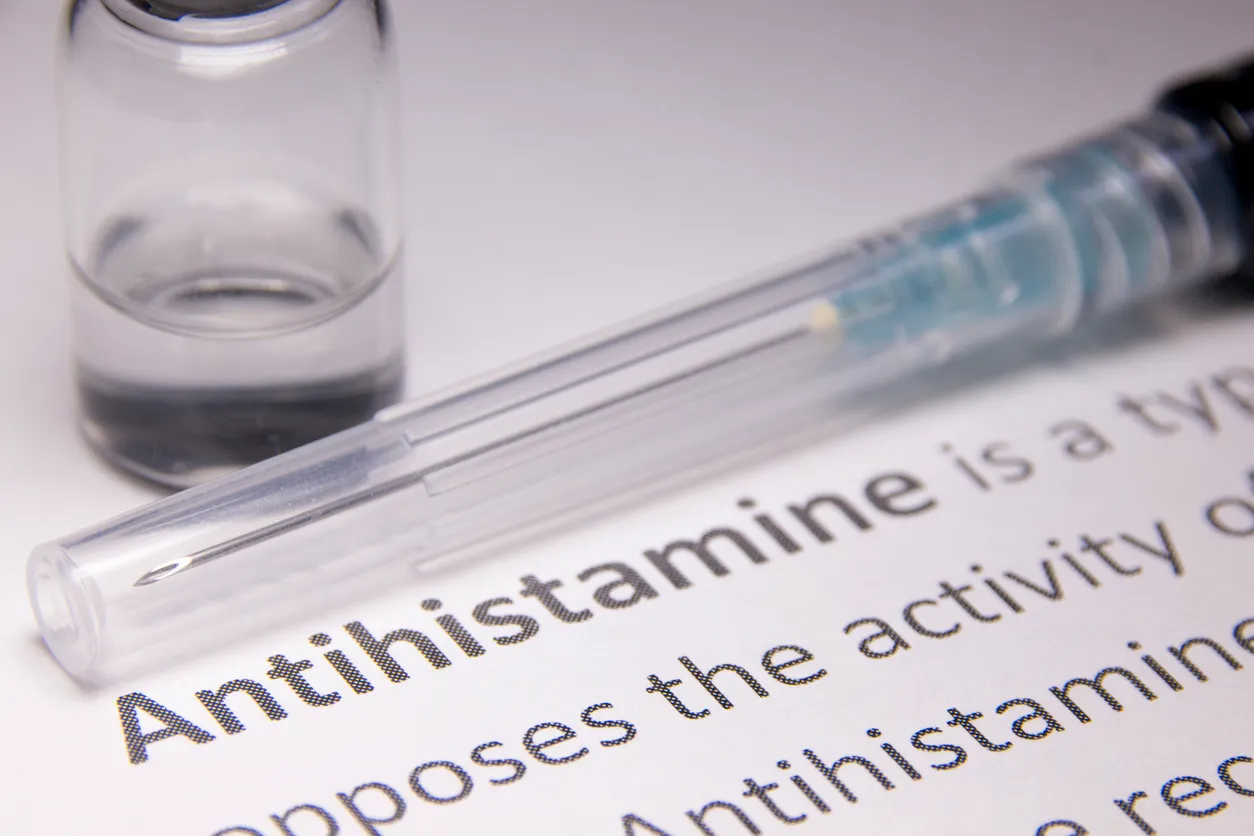Introduction
Dual histamine-receptor blockade with cetirizine and famotidine shows promise in reducing pulmonary symptoms and potentially offering other benefits for COVID-19 patients, according to a recent study. Dr. Reed B. Hogan II of GI Associates in Flowood, Mississippi, expressed optimism about the global application of this approach in combating the cytokine storm that drives morbidity and mortality in the pandemic.
Study Background
The study, published in Pulmonary Pharmacology and Therapeutics, emphasizes the safety and effectiveness of antihistamines in reducing inflammation and cytokine release, potentially mitigating respiratory distress in COVID-19 patients. Histamine-1 (H1)-receptor antagonists like cetirizine are commonly used for allergies, while histamine-2 (H2)-receptor antagonists like famotidine are used to control stomach acid and heartburn. Dual histamine-receptor blockade has been a successful treatment for urticaria since the 1970s.
Methods and Patient Profile
Researchers studied 110 COVID-19-positive patients with severe and critical pulmonary symptoms, including 11 with “do not resuscitate” (DNR) directives. The median age was 63.7 years, with common comorbidities including hypertension (78%), obesity (58%), and diabetes (43%). Along with standard care, patients received cetirizine 10 mg and famotidine 20 mg twice daily for at least 48 hours.
Results
This regimen reduced the intubation rate from 16.4% to 7.3% and lowered the inpatient mortality rate to 8.2% after excluding DNR patients. The average discharge time was 11 days.
In contrast, a control group of 12 patients who did not receive cetirizine and famotidine had an intubation rate of 41.7%, a mortality rate of 41.7%, and an average hospital stay of 19 days. Although the sample size was not sufficient for comparative statistical analysis, these results align with high severity and fatality rates seen in other studies from the U.S., U.K., and China, which report inpatient fatality rates of 21% to 28%. The researchers noted an approximate one-third reduction in inpatient deaths in the cetirizine-famotidine cohort compared to well-documented clinical studies.
Current Application and Future Potential
Based on these findings, most COVID-19 patients at the hospital are now treated with the cetirizine and famotidine combination. Dr. Hogan highlighted the solid scientific foundation and early results indicating significant potential benefits in early disease stages to reduce the inflammatory cascade and avoid hospitalization. Many healthcare providers are using this approach prophylactically.
Patents and Ongoing Research
Dr. Hogan has applied for a U.S. patent on dual histamine-receptor blockade for treating COVID-19. He holds patents for using dual histamine-receptor blockade in treating diarrhea and owns a related biomedical business.
Visit our resources for more articles.





